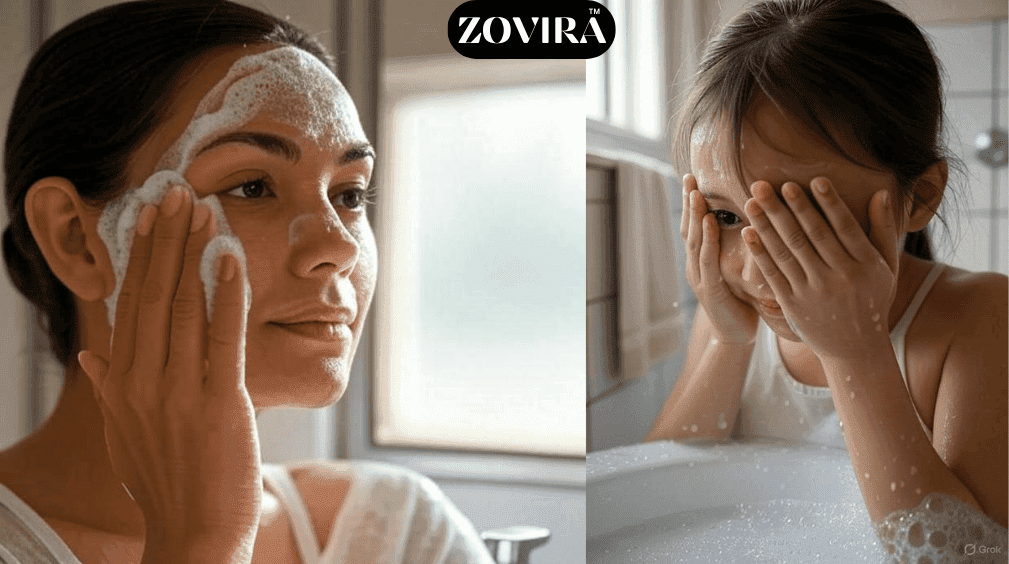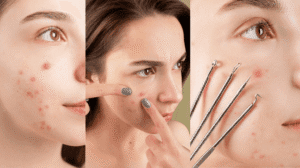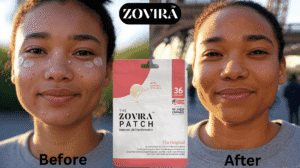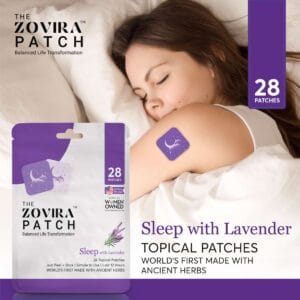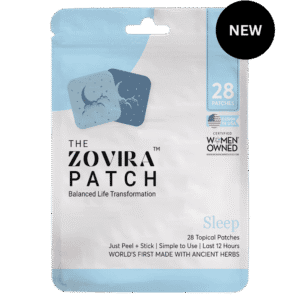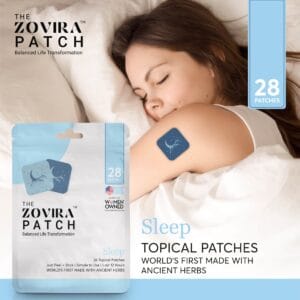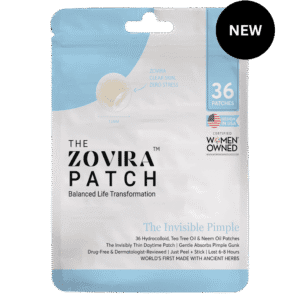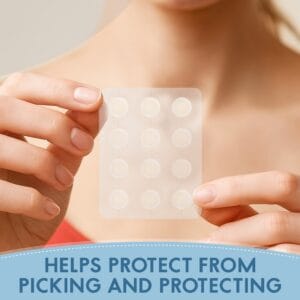When it comes to skincare, most people immediately think of moisturizers, serums, or expensive treatments. But ask any dermatologist and they’ll tell you this: the single most important step in your routine isn’t what you apply after — it’s how well you cleanse your skin in the first place. Cleansing might seem simple, but the way you wash your face can determine whether your products work, whether your pores stay clear, and whether your skin barrier remains healthy.
Cleansing is the foundation of skincare. Without it, no other product can do its job properly. Let’s dive into why cleansing matters, how it affects the skin barrier, common mistakes most people make, and what science (and dermatologists) say about the right way to do it.
Why Cleansing Is the Foundation of Skincare
Your skin is exposed to a world of impurities every single day. Sweat, excess sebum (oil), pollution, sunscreen, and makeup all accumulate on the surface of your skin. If left unwashed, this buildup can clog pores, trigger breakouts, and accelerate aging by creating oxidative stress in the skin.
But cleansing is about more than just washing dirt away. A clean face allows skincare products to penetrate more effectively. Think of your skin like a canvas — a serum or cream can’t work on a dirty canvas. If you skip cleansing, even the most potent serums won’t sink in properly and will sit uselessly on top of a layer of oil and debris.
Dermatologists often compare cleansing to brushing your teeth. You wouldn’t go to bed with food stuck in your teeth, so why go to bed with dirt on your skin?
The Skin Barrier: What Cleansing Does Beneath the Surface
The outermost layer of your skin — the stratum corneum — acts like a shield. It locks in hydration while protecting against irritants, bacteria, and environmental stressors. A well-functioning skin barrier is the secret to glowing, healthy skin.
However, cleansing directly impacts this barrier. A harsh cleanser or poor routine can strip away natural oils and lipids, leaving your barrier compromised. This leads to dryness, redness, flakiness, and in some cases, conditions like eczema or worsened acne.
The goal isn’t to scrub your skin until it feels squeaky clean — in fact, that’s a red flag. The right cleanser should remove impurities while keeping your barrier intact. If your face feels tight after washing, your cleanser is likely too harsh.
Common Mistakes People Make While Cleansing
Despite being the most basic skincare step, cleansing is often done wrong. Here are the most common mistakes dermatologists warn against:
1. Using hot water
Hot water strips away natural oils and damages the barrier. Lukewarm water is always best.
2. Over-cleansing
Washing your face too often (or scrubbing aggressively) irritates skin and causes dryness. Most people need only twice daily cleansing — once in the morning and once at night.
3. Using the wrong cleanser
Foamy, harsh cleansers with sulfates may feel refreshing, but they often strip the skin. On the other hand, heavy, greasy cleansers can clog pores if you’re oily. Choosing the right formula for your skin type is critical.
4. Skipping nighttime cleansing
This is a big one. At night, your skin repairs itself — but it can’t do that if it’s coated in sunscreen, makeup, and dirt. Skipping your nighttime cleanse can accelerate aging and breakouts.
5. Rubbing your skin dry
Vigorously drying your skin with a towel creates microtears and irritation. Instead, gently pat with a soft, clean towel.
Types of Cleansers: Which One Is Right for You?
Not all cleansers are created equal. Here’s how to pick the best option:
- Gel cleansers – Lightweight, refreshing, great for oily and acne-prone skin. They remove oil without over-drying.
- Cream cleansers – Richer in texture, perfect for dry or sensitive skin. They cleanse while leaving a layer of hydration.
- Oil cleansers – Work with the principle of “oil attracts oil.” They dissolve makeup, sunscreen, and excess sebum while maintaining balance. Great as the first step in a double cleanse.
- Foaming cleansers – Can be helpful for oily skin, but look for sulfate-free options to avoid stripping your barrier.
Dermatologists recommend keeping at least one gentle, fragrance-free cleanser in your routine that can be used morning and night.
How to Cleanse the Right Way (Step by Step)
- Wash your hands first. Dirty hands transfer bacteria to your face.
- Wet your skin with lukewarm water. Never hot.
- Apply cleanser. Use a small amount and massage in gentle, circular motions for 30–60 seconds.
- Rinse thoroughly. Leftover cleanser residue can cause irritation.
- Pat dry. Use a clean, soft towel and avoid rubbing.
- Follow with moisturizer. Cleansing should always be followed by hydration to lock in moisture.
For those who wear heavy makeup or sunscreen, dermatologists recommend double cleansing: first with an oil-based cleanser to break down oils and makeup, followed by a gentle water-based cleanser for a thorough clean.
Dermatologist Tips for Different Skin Types
- Oily skin: Look for gel or foaming cleansers with salicylic acid to help unclog pores.
- Dry skin: Choose cream or oil cleansers with hydrating ingredients like ceramides and hyaluronic acid.
- Sensitive skin: Stick to fragrance-free, pH-balanced cleansers with soothing ingredients like aloe vera.
- Combination skin: You may need a gel cleanser for your oily areas (T-zone) and a cream cleanser for drier zones.
The Science-Backed Benefits of Proper Cleansing
When done correctly, cleansing improves skin in multiple ways:
- Prevents breakouts by removing excess oil and bacteria.
- Boosts product absorption so your serums and creams actually work.
- Maintains barrier health, reducing redness and irritation.
- Prepares skin for anti-aging treatments like retinol or vitamin C.
- Promotes natural glow, since exfoliated, clean skin reflects light better.
Cleansing is not just about appearance — it’s about skin health.
Final Thoughts
Cleansing may be the simplest skincare step, but it’s also the most powerful. Think of it as the entry point to your skincare routine: if you don’t get it right, everything else becomes less effective. By understanding your skin barrier, avoiding common mistakes, and choosing the right cleanser for your skin type, you set yourself up for long-term skin health and radiance.
Remember: healthy skin starts with a clean foundation. So the next time you reach for your cleanser, treat it as the cornerstone of your skincare, not just a quick wash.

